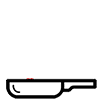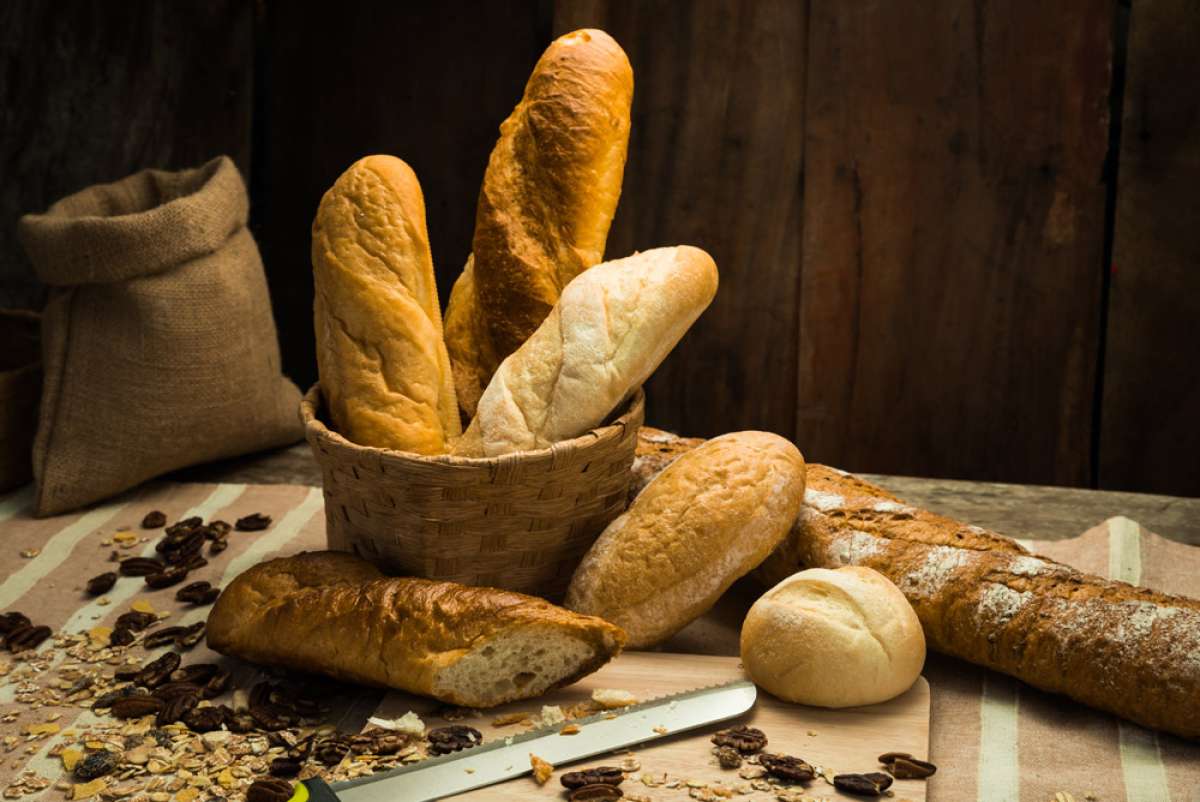Butter, rain and brun: Chasing Mumbai’s top bread spots in the monsoon
Embark on Mumbai’s monsoon bread trail — where every bite tells a story
When the monsoon sweeps into Mumbai, it doesn’t just bring rain — it brings a shift. The skies swell, the pace of the city slows and the streets begin to shimmer under a curtain of silver rain. And somewhere, in a quiet corner of the city, the scent of warm bread begins to drift — soft, nostalgic and unmistakably Mumbai.
This is when the city feels most alive in the small things: chai cups clinking in Irani cafés, damp umbrellas leaning against plastic chairs, fingers reaching for freshly buttered brun. In Mumbai, bread isn’t just eaten— it’s lived.
Mumbai’s relationship with bread is storied and intimate. From the humble pav to the crusty brun, the airy poito the butter-laced brun maska, bread here is more than a meal. It is a slice of history, colonial legacy and street food survival — all kneaded into one.
So, get ready to pair your bread with a hot cup of tea, ideally at a roadside stall under a leaking plastic canopy or in a creaky Irani café with marble-topped tables and sepia-toned walls.
Byculla: Where bread first rose
Begin the journey in Byculla, where Mumbai’s old-world bakeries still hum quietly in their corners, indifferent to the passing of time. Tucked away in this neighbourhood is American Express Bakery, established in 1908 — a legacy that’s older than the country’s independence.
For over a century, the aroma of baking loaves and tea cakes has drifted through its doors, welcoming generations of Mumbaikars with the kind of comfort only heritage can offer.
Founded by Francesco Carvalho in the early 1900s, the bakery remains a proud family-run establishment, now helmed by the third generation of Carvalhos. Despite the passage of time — and changing cityscapes — the soul of the place remains unchanged. Here loaves are still kneaded with care.
What to try: Brun maska with Irani chai, plain pav fresh from the oven or the Goan-style poi.
Bandra: Bread with a Goan soul
Bandra, with its blend of old bungalows and hip cafés, holds bread close to its heart — especially the kind that carries whispers of the Konkan coast. Tucked inside a weathered bungalow just off a quiet bylane on Hill Road, J. Hearsch & Co. is one of Bandra’s most beloved bakeries — a true slice of the neighbourhood’s old-world charm. Founded in the early 1900s by a German baker named J. Hearsch, this unassuming gem has been feeding the suburb for over a century, dishing out comfort and nostalgia. The poi here — the crusty, slightly sour Goan bread — is best had toasted and served with spicy mince or butter.
What to try: Poi with mutton mince, flaky chicken puffs and of course, a hot vada pav with fried green chilli from a streetside vendor.
Balloon bread and memory: The monsoon tale of East Indian fugias
Made by Mumbai’s original Catholic community, the East Indians, fugias are more than just bread. They’re celebration, memory and ritual, all rolled into a single airy, crisp bite. Named after the Marathi word fugga, meaning balloon, fugias are fried to a delicate crisp on the outside and remain soft and hollow on the inside — perfect for soaking up spicy sorpotel, vindaloo, or simply pairing with a hot cup of tea.
Fugias don’t belong to bakeries — they belong to homes. In suburbs like Andheri, Malad, and Vasai, women continue to shape fugias with the same hands, care and inherited skill — rain or shine.
What to try: Don’t underestimate the magic of simplicity. Pair a handful of freshly fried fugias with piping hot tea — the subtle sweetness of the bread and the bite of ginger-laced tea make for a perfect monsoon pairing.
Which is your go-to bread in the monsoon? Tell us in the comment below.

